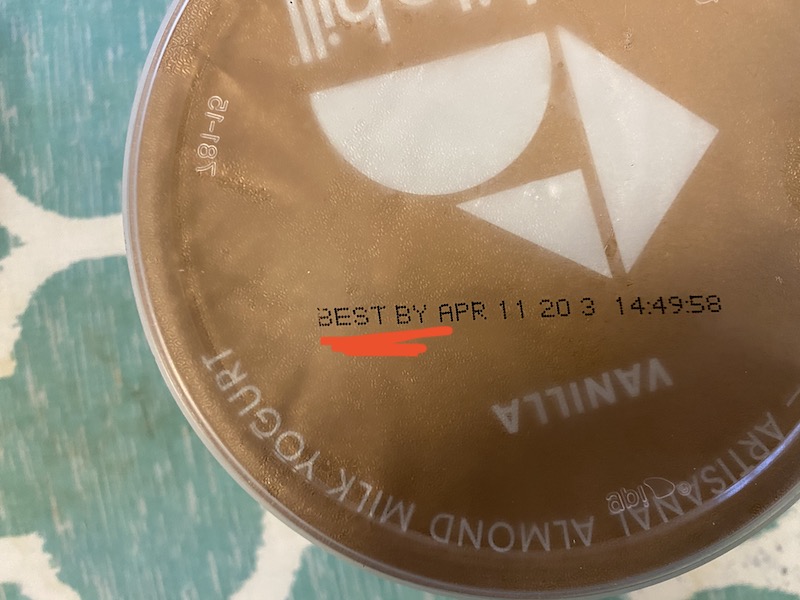

Nuts and seeds are kosher in their natural form. Canned or frozen produce isn’t kosher if it was processed using non-kosher equipment or ingredients. Fresh produce is pareve, but you have to check it for insects before eating because they aren’t kosher. This is to make sure the baking process didn’t add non-kosher ingredients and the equipment used for baking wasn’t greased with fats or oils from animals.įruits and vegetables. Grains used to bake bread are kosher, but bread is only kosher if it’s certified kosher. Plant-based foods are pareve, but they have their own set of kosher guidelines:īread and grains. Kosher cheese can't have animal-based rennet. That's because they include an enzyme called rennet that comes from the stomachs of cows.

This includes shellfish, crabs, shrimp, and lobster.

There are multiple layers of laws beneath these three. It covers everything from eggs and fish to fruits, vegetables, pasta, coffee, and packaged foods. This is the category for kosher foods that aren't meat or dairy. All ingredients and equipment used to produce it have to be kosher, too. All dairy products, like milk, butter, yogurt, and cheese, must come from a kosher animal. Certain parts of an animal, including types of fat, nerves, and all of the blood, are never kosher.ĭairy. Meat isn’t kosher if the animal died naturally. Jewish dietary law governs the method of slaughter and processing and the slaughterhouse equipment. Pigs, for example, have split hooves, but they don’t chew their cud. When these types of animals eat, partially digested food (cud) returns from the stomach for them to chew again. Kosher meat comes from animals that have split hooves - like cows, sheep, and goats - and chew their cud. Kosher foods fall into three categories: meat, dairy, and "pareve," sometimes spelled "parve." The dietary laws haven't changed from what the Torah commanded, but they've grown over the years to keep up with technology. It has commandments - called mitzvahs - to follow as ways to obey God. The general principles of keeping kosher are in the Torah, part of the Jewish bible. Scholars believe that Jewish dietary laws may be the first food laws on record. Many supermarkets have kosher food sections. Almost half of all foods you find in a package are kosher. There's a kosher version of almost every food and drink in the world. For example, some soft drinks are kosher, and people of all backgrounds and religions drink them. Not all Jewish people keep kosher, and kosher foods aren't just for Jewish people. You probably have kosher items in your pantry right now. It governs what you eat and the way you prepare your meals and use your kitchen and dishes every day. The laws are also strict about the way you prepare, process, and inspect food if you're going to call it kosher. Rooted in history and religion, each law is specific about what types of food you can and can't eat. Keeping kosher is much more complex than that. Kosher food is any food or beverage that Jewish dietary laws allow a person to eat.


 0 kommentar(er)
0 kommentar(er)
